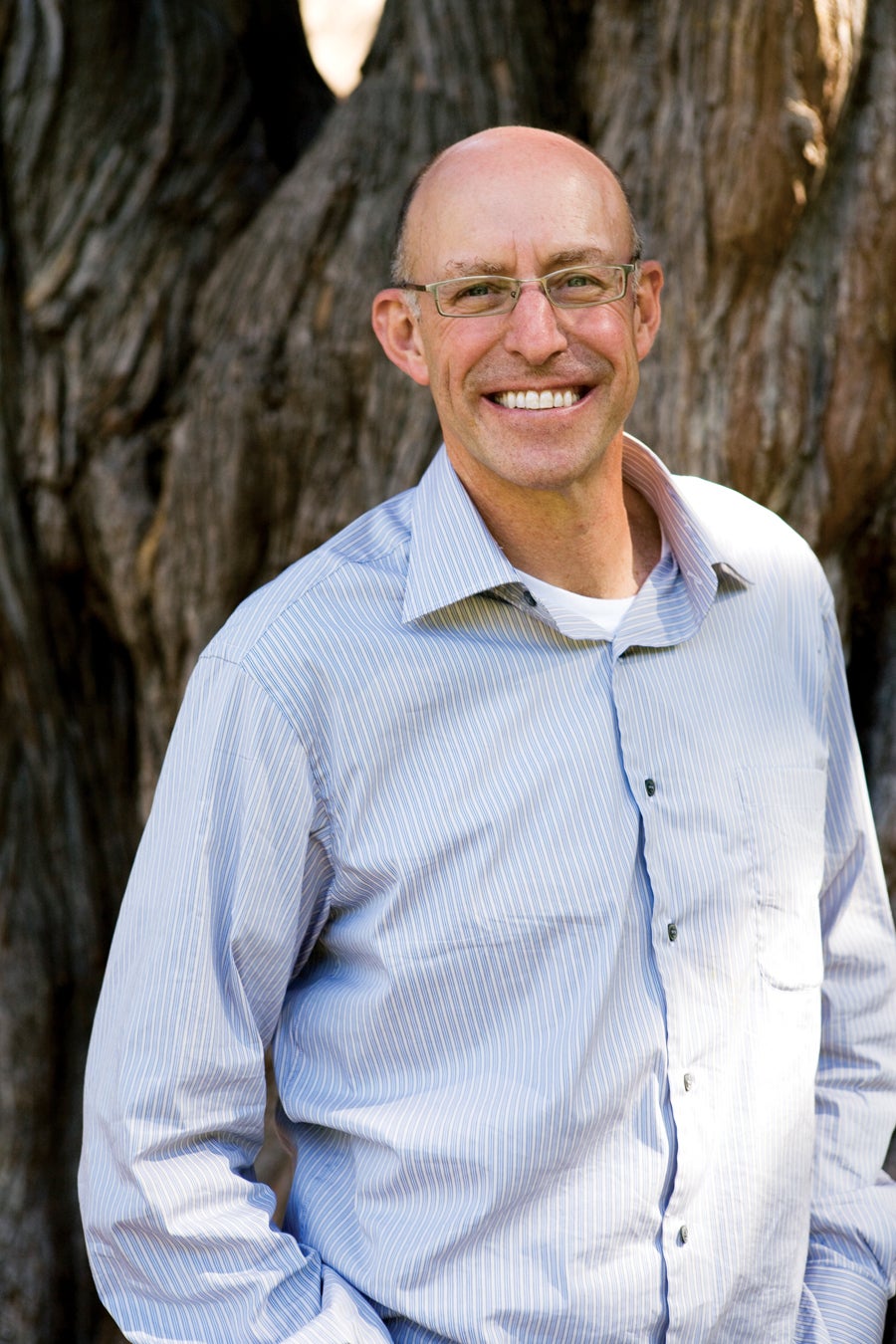Food Detective: Q&A with Michael Pollan

Michael Pollans The Omnivores Dilemma, a book that tracks (in often excruciating detail) how food reaches the consumer, was named one of the 10 best books of the year in 2006 by both The New York Times and The Washington Post. Three years later, Pollan, a journalist who teaches at the University of California, Berkeley, has released a young readers edition.
Q: What inspired you to adapt The Omnivores Dilemma for young readers?
A: A desire to get middle schoolers to pay more attention to their eating. If were going to change the food system, we have to begin with the population thats between 10 and 18, where the problem is most severe. People born after 2000 have a 1 in 3 chance of developing type 2 diabetes.
Q: Why did you write the book in the first-person and adopt a narrative, storytelling style?
A: Im a surrogate for the reader. I go to places the reader cant. And a narrative style is entertainingit turns dry exposition into a kind of adventure. Pleasure is a very important part of this book. Im not lecturing people; Im taking them on a journey.
Q: When it comes to educating children about their food choices, what roles do schools and parents play?
A: School cafeterias serve chicken â??McNuggetsâ? and give kids 10 minutes to eat, educating them to be the next generation of fast-food eaters. We need to give kids good food and enough time to eat it, teach them where food comes from, and provide them with opportunities to grow the food in school gardens and cook it in school kitchens. Knowing how to cook is an essential skill. Parents can also get their kids involved in cooking. They need to take back control of their kids diets, which has been ceded to food marketers. [Parents] need to be the gatekeepers.
Web extra: For more of our interview with Michael Pollan, visit vegetariantimes.com/pollan.